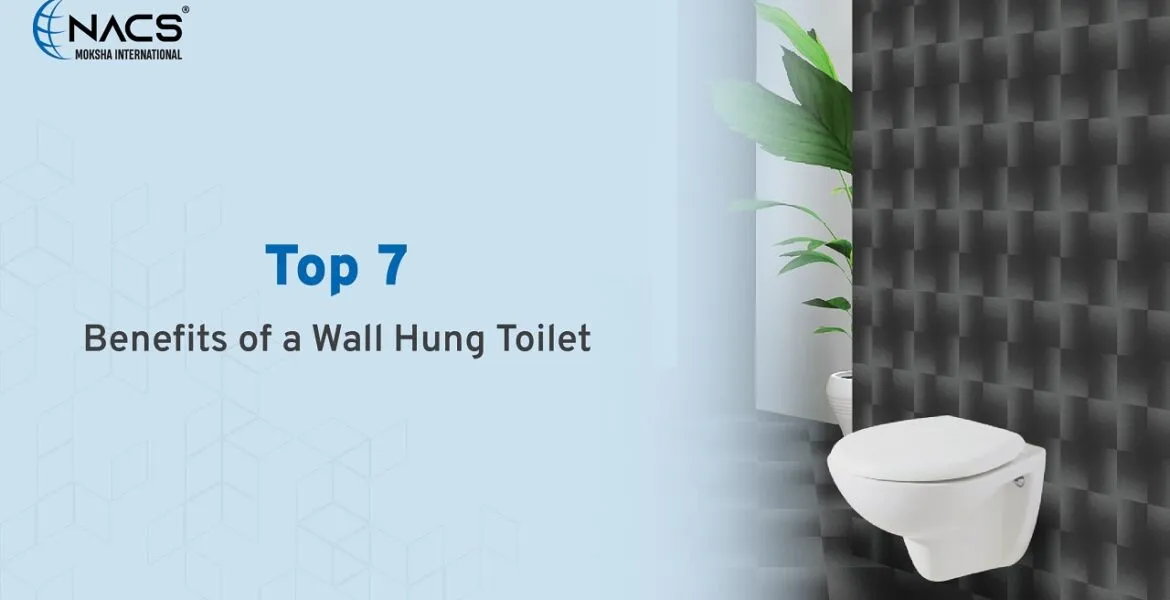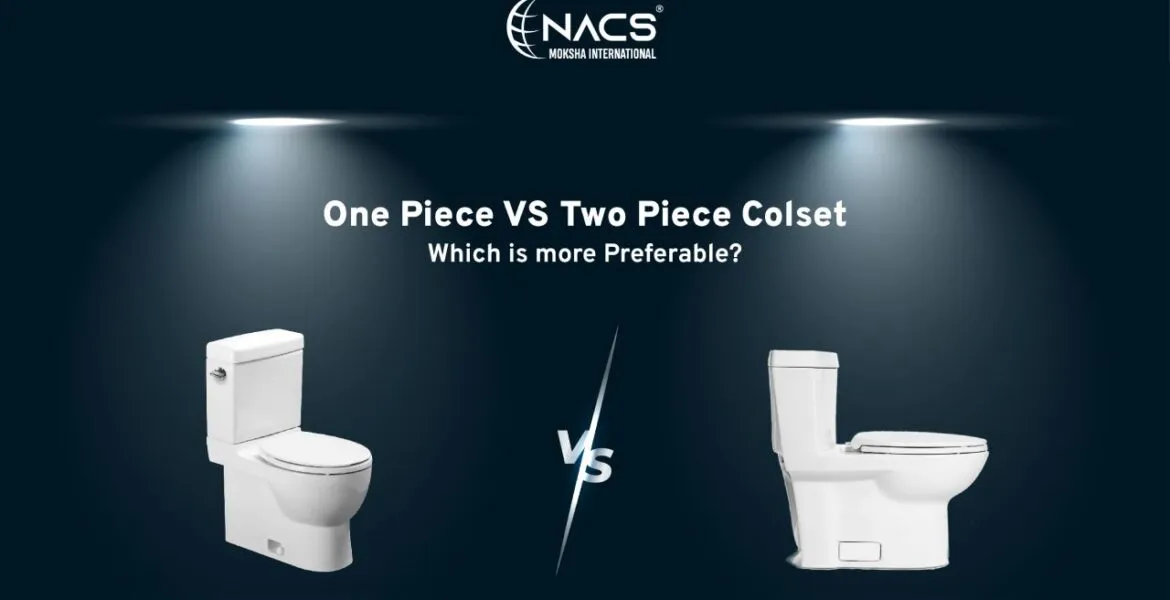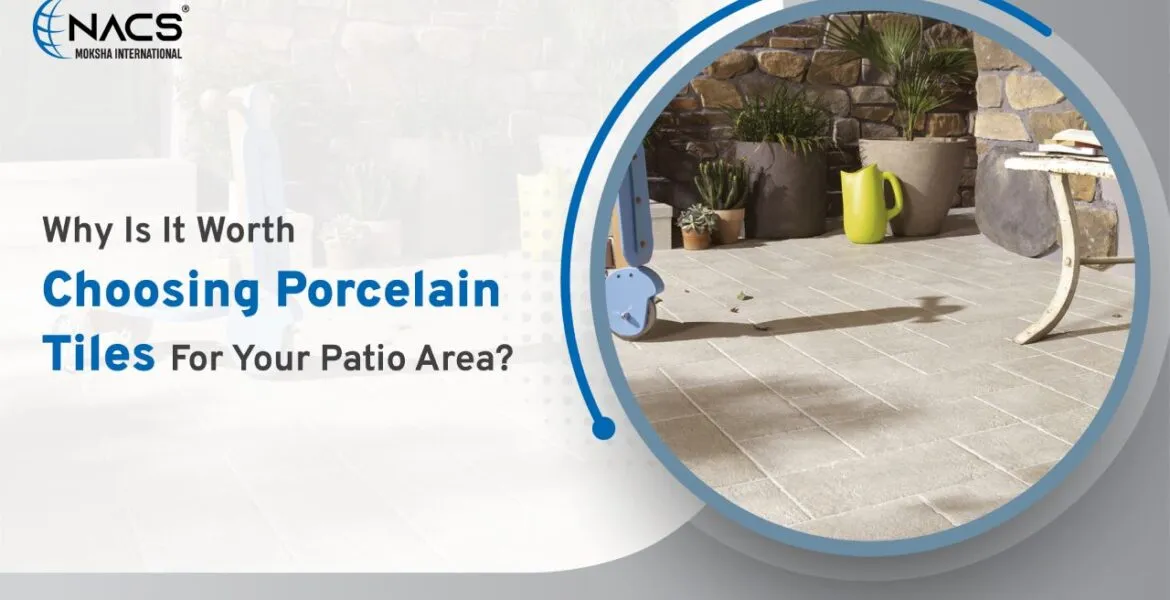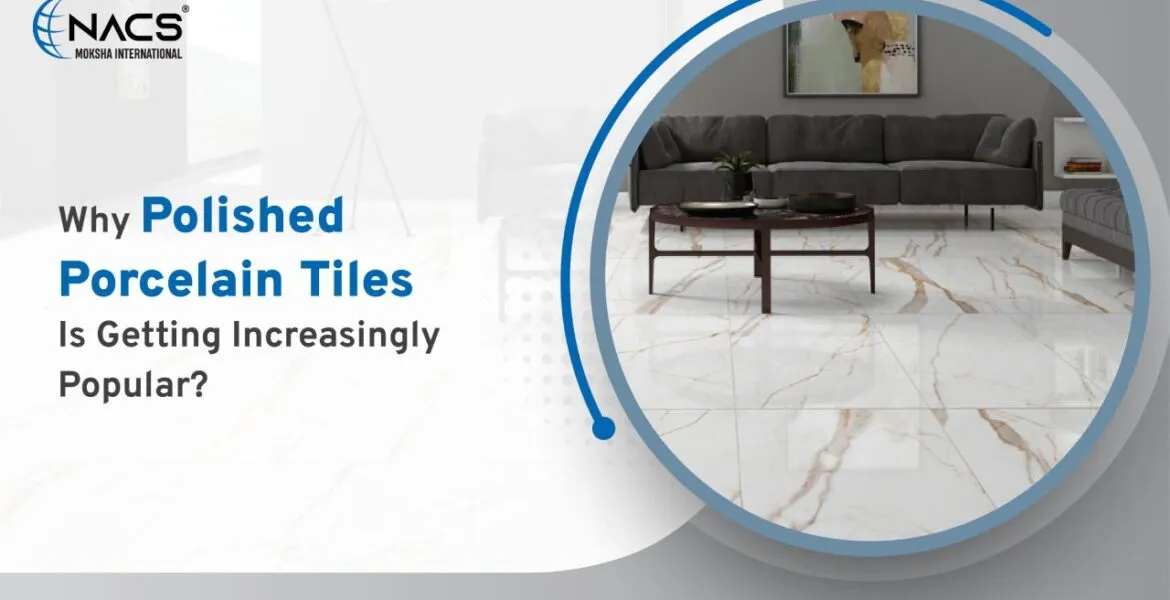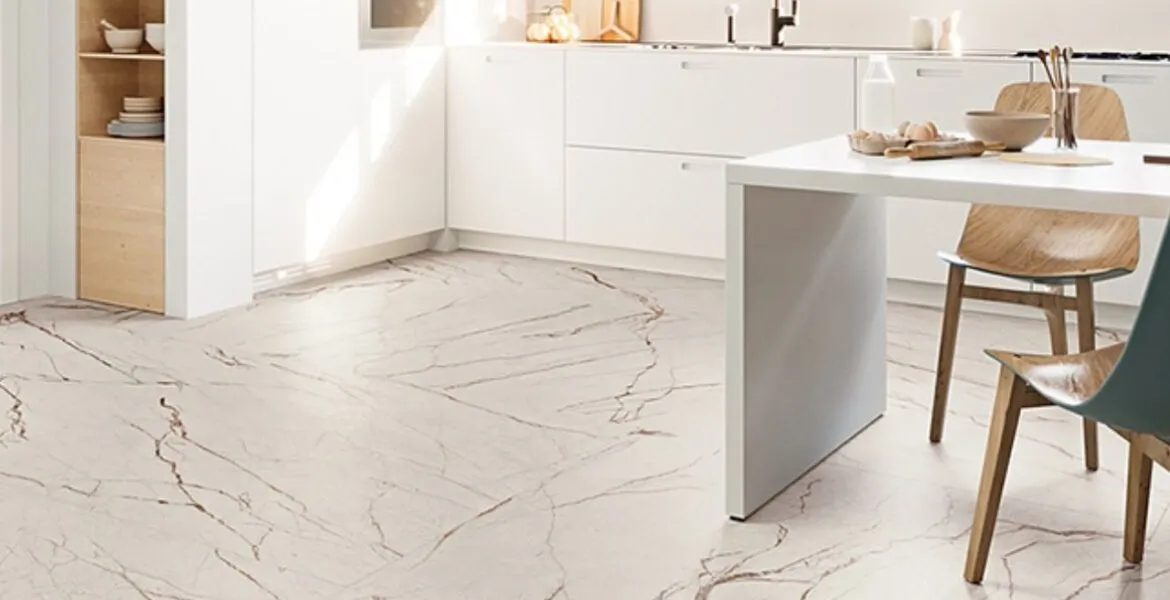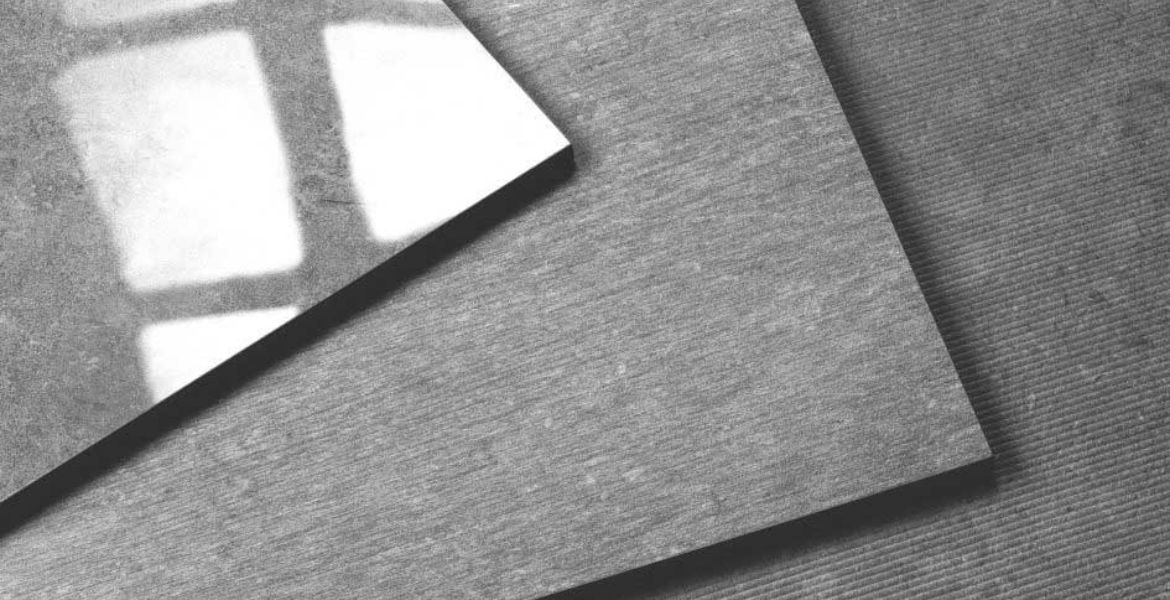
Porcelain tiles are the most loved decorative tiles used by homeowners and designers for creating mesmerizing spaces. In this, polished porcelain tiles and unpolished are the most common and popular variants implemented for residential and commercial applications. But there has been always a debate regarding which one is better and serves as a perfect choice for homeowners.
Polished porcelain tiles serve the premium luxury appearance whereas unpolished porcelain tiles provide compatibility to different spaces and themes. So which one of these two would be a wise choice for your upcoming projects? Let's find out.
In this blog, we examine both these tiles and compare them using different parameters for a clear differentiation. Let's get started.
What Is the Difference Between Polished And Unpolished Porcelain Tiles?
Understanding Polished Porcelain Tiles
Polished porcelain tiles have a gleaming appearance over the surface due to the unique manufacturing process. Manufacturers use polishing as the final step to add a luxurious shining texture to these tiles’ surfaces. Additionally, polished porcelain tiles have an impervious surface without microscopic holes forming a glossy finish.
Advantages
1. Polished porcelain tiles serve a luxurious finish to your decor with their glossed finish and smooth appearance.
2. Having a smooth and textured finish, scratches and stains easily get concealed. Hence, it requires minimal cleaning and maintenance.
3. Available in a wide range of design possibilities with two subcategories of glazed and unglazed polished porcelain tiles.
4. Add a sense of depth and dimension to spaces by creating an illusion of spaciousness.
5. Reflect light and temperature for maintaining a static and comfortable atmosphere in homes.
Disadvantages
1. Have a slippery surface that limits the application of polished porcelain tiles in wet areas such as kitchens and bathrooms.
2. Have a high price tag in comparison to unpolished porcelain tiles due to the advanced manufacturing process.
Understanding Unpolished Porcelain Tiles
Unpolished porcelain tiles have a traditional manufacturing process without the extra step of finishing. These tiles have a porous surface and a rustic and matte finish on the top. However, unpolished tiles don't possess a luxurious appearance but can be beneficial for creating low-risk floorings due to their non-slip surface.
Advantages
1. Have a non-slip surface that creates the essential friction. Therefore, unpolished porcelain tiles are a preferable choice for wet areas such as bathrooms and outdoors.
2. The matte and rustic appearance of these tiles is exceptionally beneficial for large spaces with cluttered furniture systems.
3. These porcelain tiles don't require a sealant during the installation process.
4. Cost-effective in comparison to polished porcelain tiles.
Disadvantages
1. Cleaning and maintaining unpolished porcelain tiles is a hassle as they are more prone to scratches and stains.
2. They have a porous surface that accumulates water and can cause bacterial growth.
3. Unpolished tiles are prone to cracking as they easily absorb moisture.
Polished Porcelain Tiles Vs Unpolished Porcelain Tiles
When we set the match-up for polished and unpolished porcelain tiles, many significant factors come into play. Let's discuss some of the key components to understand the difference between these two tile types.
| Polished Porcelain Tiles | Unpolished Porcelain Tiles |
| The polished porcelain tiles manufacturing process includes an extra step of finishing that provides them a gleaming appearance. | Unpolished porcelain tile manufacturing follows traditional steps and does not require polishing at the end. |
| Polished porcelain tiles have a shiny smooth appearance. Their surface is non-porous and impervious to water. | Unpolished Porcelain tiles have small microscopic pores on the top that create a rustic appearance. The pores also make these tiles prone to moisture absorption. |
| Polished porcelain tiles cost a bit higher. However, the cost is nothing in comparison to the quality they bring to the table. | Unpolished porcelain tiles cost is reasonable in comparison to polished tiles. The simple manufacturing process of these tiles is the reason behind the low price value. |
| Polished tiles are easy to clean and maintain due to having a water-resistant surface. It doesn't catch stains and scratches so easily. | Unpolished tiles having a rough or rustic surface are more prone to stains and scratches. Therefore, it requires regular cleaning. |
Summing It Up
From the above discussion, you can get a comprehensive idea when comparing these two options. However, selecting between these two also requires a clear understanding of the design layout and personal requirements. In a nutshell, both polished and unpolished porcelain tiles have their strengths and weaknesses and therefore both can be a preferable choice according to different requirements.
